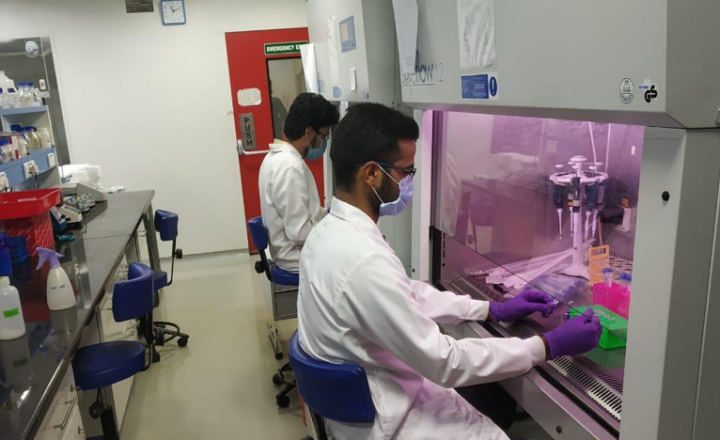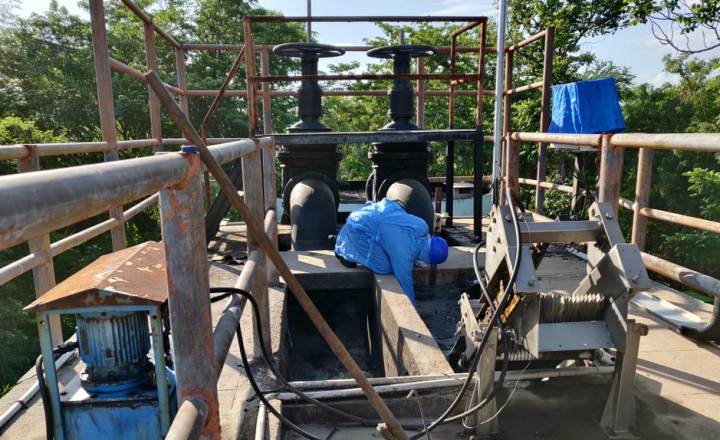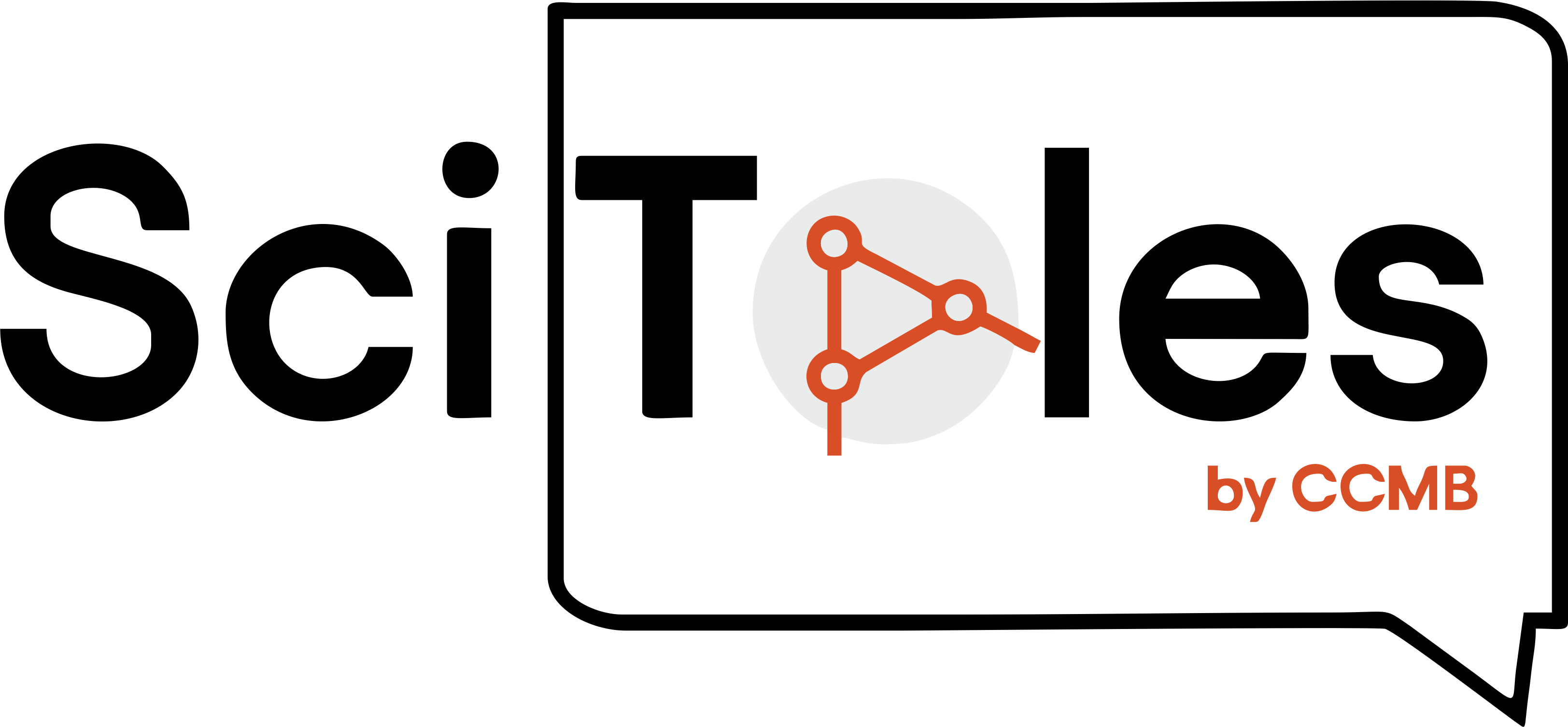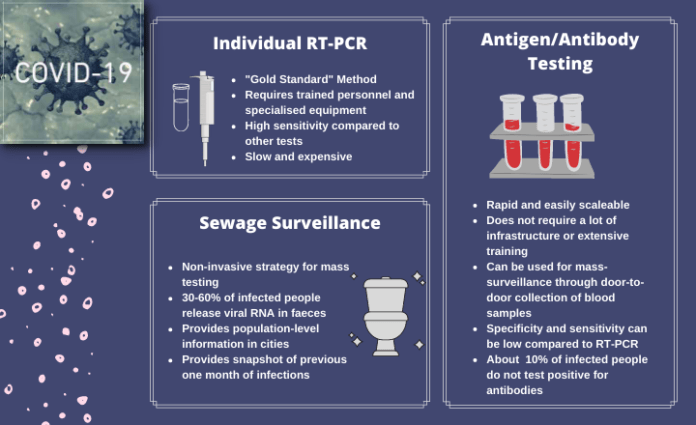From RT-PCR to rapid antibody kits to sewage surveillance — It is easy to become confused by the variety of different tests currently available for COVID-19. In this article, Somdatta explains the different ways in which each of these tests work, the pros and cons of each method, and the nuances involved in interpreting the results obtained from each of these tests.
The coronavirus SARS-CoV‑2 and COVID-19, the disease it causes, continue to be enigmatic. There are some who do not even realize that they are carrying the virus while others can not survive its attack. As India unlocks, the virus is reaching further pockets of the country with frailer healthcare systems. This makes it important to identify the potential sources of infection, and protect the vulnerable communities.
In the context of this article, we consider the most vulnerable communities to be those with the most aggressive symptoms, often needing hospitalization. On the other hand, those who carry the virus asymptomatically are the ones most difficult to detect, and are considered to be one of the primary sources of the virus. Had there been an affordable way to detect the presence of a virus by a personal device like those used to check blood sugar or blood pressure, things might have looked different for COVID-19 management. Unfortunately, in the absence of such technology, testing for coronavirus is done via multiple methods, each with different implications.
How do you detect a virus?
Looking for something as small as a virus is tricky. We can indirectly trace an infection by the symptoms it causes. But the symptoms of COVID-19 are varied, with symptoms like fever and cough that are not specific to SARS-CoV‑2. So instead, we look for fragments of the virus in patient samples, which we can detect via molecular biology techniques. These fragments can be the viral proteins or genome — ribonucleic acid (RNA) — both of which can be found in nasal or throat swabs or sputum samples. Viral RNA can also be found in faecal samples of a small proportion of patients.
Our bodies react to infections by developing antibodies. The immune systems in our bodies detect pieces of the foreign (viral in this case) proteins, called antigens. Against these, our body makes a set of targeted proteins — antibodies — which are released into the bloodstream. This opens up the possibility of detecting viral infections through a blood test by looking for these antibodies or antigens.
RT-PCR — The gold standard method
The RNA sequence of the virus became available in February 2020. This allowed researchers to develop probes to look for specific sequences that could serve as a ‘signature’ for the novel coronavirus. In the Reverse Transcriptase-Polymerase Chain Reaction (RT-PCR) technique, the probes and enzymes amplify these sequences, which can be visualised and detected. These tests have been estimated to have at best 70% sensitivity. That means 30 out of every 100 positive samples can turn up as false negatives.
This test also requires facilities to have specialised PCR machines, trained personnel, and reaction kits that are largely imported – all adding to the cost of the process. Since the samples contain live viruses, testing is limited to facilities with Biosafety Level 2 or higher and is both labour- and time-intensive. All of these make RT-PCR a non-optimal choice for testing large numbers of people.

Antigen-antibody testing methods
Mass testing works best with techniques that require minimal infrastructure or training and are as fast and cheap as possible. Time-tested methods for these include testing for antigens or antibodies. Since antibodies bind to their respective antigens specifically, with a stock of antibodies, one can look for their antigen in blood samples, and vice versa. Both of these can be produced in large quantities, extracted and purified. Following purification, they can be immobilized on a plate or a paper strip for long-term storage and point-of-care usage. Antigen-antibody binding can be detected in multiple ways, and such tests have been deployed in diagnostics of various infectious diseases globally.
Though this may sound simple and straightforward, the reality of making a new antigen or antibody testing kit is different. To make an antigen-testing kit for SARS-CoV‑2, one needs to select an antigen specifically expressed in this virus. To induce antibodies, it must be expressed in large enough quantities and should be visible to the immune system. These antibodies are generated in laboratory animals, extracted, and used for making antigen-detecting kits.

For an antibody-testing kit, we need to produce SARS-CoV-2-specific antigens using cells grown in the laboratory. This method allows large-scale production of the antigens but does not fully guarantee mimicking the native structure of these antigens. In such a case, it is difficult to predict whether they would bind with the antibodies produced in human bodies. Also, if the viral load is too low, the antigen test does not pick it up. A negative result in the antigen-test needs to be validated by RT-PCR – still the most reliable technique available.
Antibody-testing kits are known to be low on specificity. While designed to detect SARS-CoV‑2, they can also detect antibodies produced against other coronaviruses. Antibodies against SARS-CoV‑2 are elicited around two weeks after the symptoms appear in an infected person. So, if tested too early, one might not test positive though they carry the virus. An estimated 10% infected people do not test positive for antibodies. We don’t yet clearly know how long the antibodies against SARS-CoV‑2, once formed, persist in the bodies. This means we don’t yet know how closely antibody-tests represent the present reality of the community’s health.
The Spike (S) and the Nucleocapsid (N) proteins of SARS-CoV‑2 are the most preferred proteins to use as antigens in the antigen/antibody-testing kits. The N protein is the most abundant protein on this virus and thus induces antibodies easily. The S protein is the most specific protein to distinguish SARS-CoV‑2 from other coronaviruses that can infect humans.
Different methods for mass surveillance
With economies opening up in the coming months, it is imperative to keep an eye on the community’s health through non-invasive, volunteer-independent surveillance techniques. This is especially important for a country like India with a large population earning its livelihoods through daily wages and pockets of high population density.
Mumbai, Pune, Delhi and many other cities have tested for antibodies via door-to-door collection of blood samples in select communities and extrapolated those results for the entire cities. These tests are increasingly being deployed in the country for large-scale testing. These results provide a basis for the local governments to evaluate the efficacy of their COVID-19 management strategies but depend on volunteer participation.
A non-invasive and volunteer-independent strategy involves checking for viral particles released into air or water by the infected individuals. Majority of this release is via respiratory droplets. But 30 – 60% of those infected also release non-infectious viral RNA through their faeces. While methods of air surveillance are still under development in India, sewage surveillance has already been done in cities like Chennai and Hyderabad. City sewage treatment plants record the quantity of sewage received and their geographic origins. The concentration of viral RNA in sewage water samples can be measured by RT-PCR. Through this, researchers can indirectly estimate the number of infected people in the city.

Pieces of SARS-CoV‑2 RNA in faeces of infected persons can be found up to 35 days after the onset of symptoms. Thus, testing sewage containing faecal samples of a community, at any given time, paints a picture of the entire previous one month.
Why should we know this?
The results of these different testing methods are not always directly comparable. When Hyderabad’s sewage surveillance results were released, there was a lot of discussion about the unexpectedly large estimate of infected people in the city. However, the debates missed the intrinsic differences between direct and indirect testing methods that allow the latter to test much greater numbers of people.
Sewage surveillance can estimate infection levels in large communities at a negligible cost. However, it is largely limited to urban settings in India. On the other hand, healthcare workers are used to blood-based antibody tests, and the strategy can work in both urban and rural settings. These tests also give individual results, which can help in targeted demographic strategies for different genders, age groups and socio-economic backgrounds. But since these depend on people’s voluntary participation, they also tend to introduce bias in data. The study conducted in Mumbai, for example, had fewer women who got tested, which should be kept in mind by the policymakers who use the surveillance data to design their strategies in the coming months.
It is easy to be confused with all the different kinds of tests that are being done. The choice of tests is often made on the basis of tools and expertise available to a region. Their objectives can also span from individual to community management. Given the varying specificity and sensitivity of each of these tests, the estimated numbers of infected people in communities will differ in each method. With this article, we hope that if you or your community get tested, you will understand what is exactly being tested, its methodology, and interpret the results with clarity.


